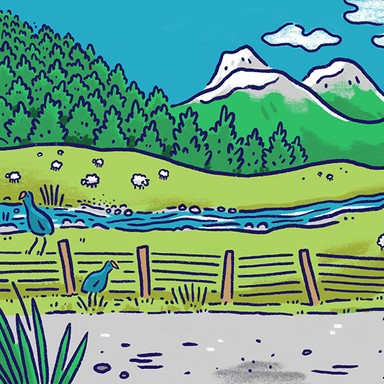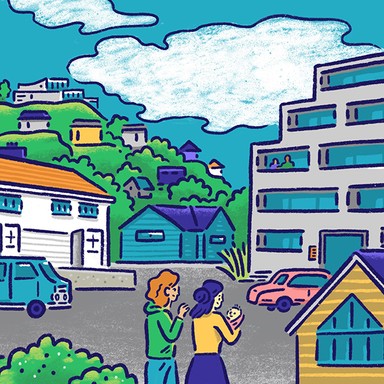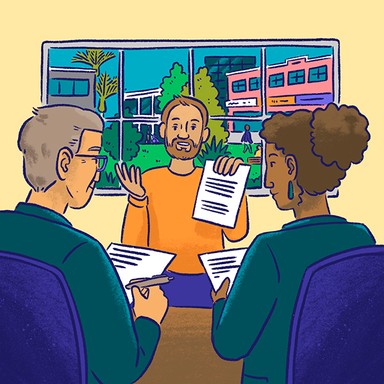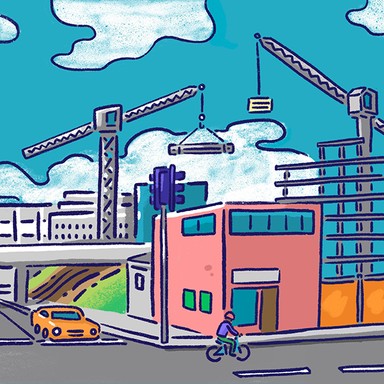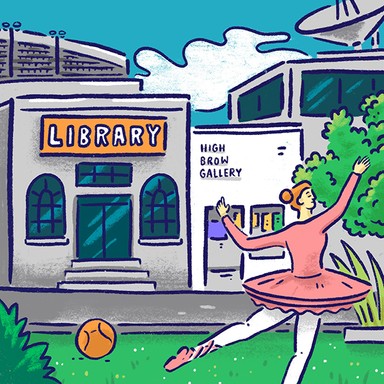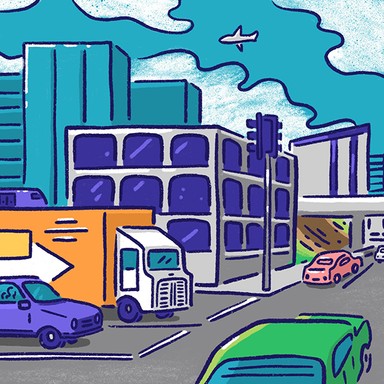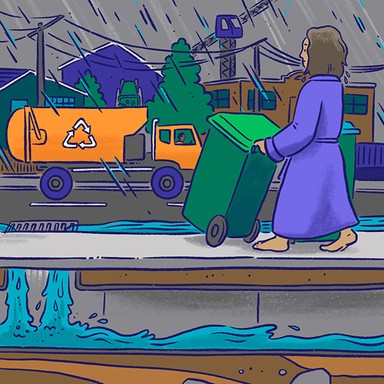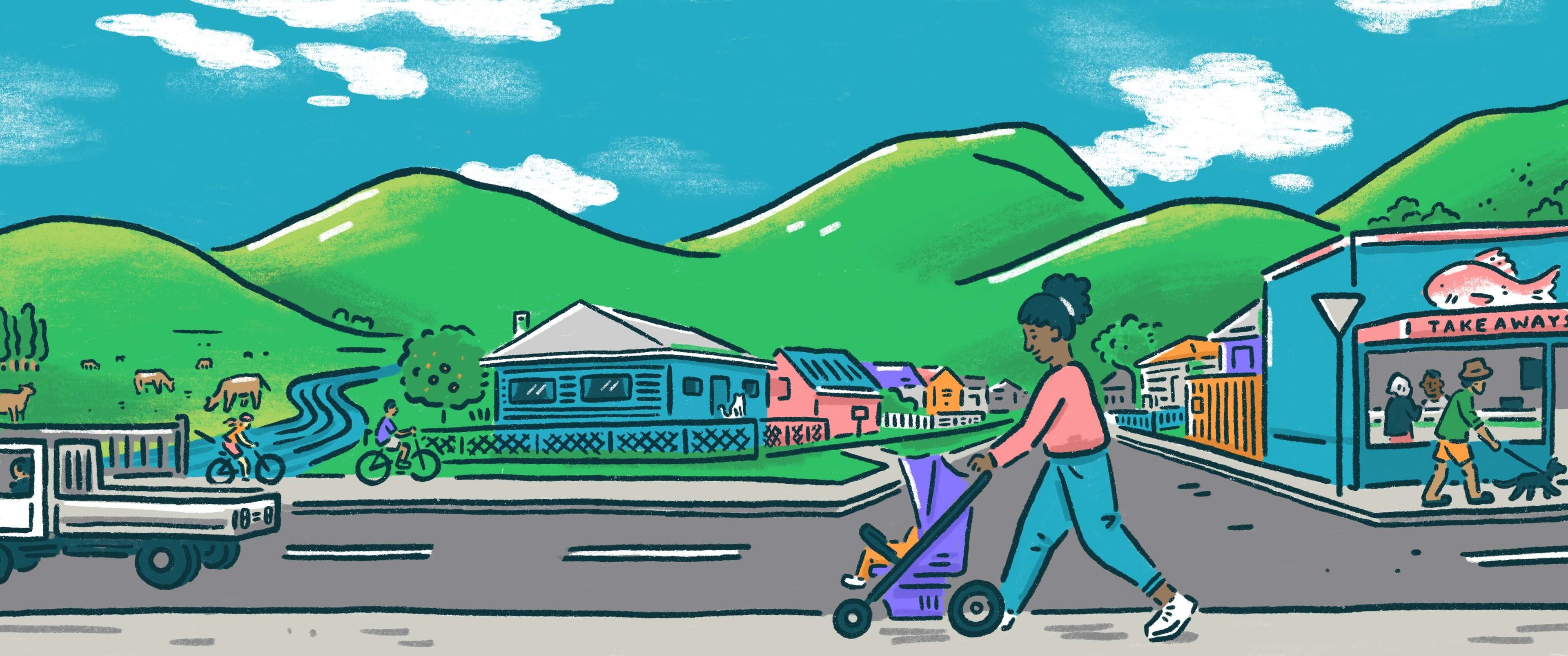
Lower Hutt City Council
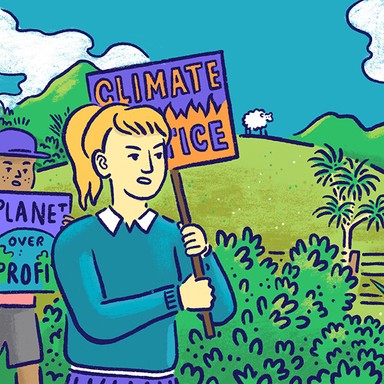
Climate change and resilience
Climate change poses a huge challenge for communities as more frequent extreme weather events require us to rethink how we live and where. Local authorities are at the forefront of efforts to respond, with responsibilities for environmental planning and regulation, as well as civil defence. Many councils have plans to reduce emissions in their area and are working to help their communities adapt to a warming world.

Climate change and resilience
Climate change poses a huge challenge for communities as more frequent extreme weather events require us to rethink how we live and where. Local authorities are at the forefront of efforts to respond, with responsibilities for environmental planning and regulation, as well as civil defence. Many councils have plans to reduce emissions in their area and are working to help their communities adapt to a warming world.
Cut council emissions by phasing out natural gas, switching to EVs and moving to net zero by 2050.
Strengthen the Hutt City Emergency Response Team with more resources and training.
Upgrade stormwater and critical infrastructure to prepare for climate change impacts.
Encourage energy efficiency and use of renewable energy.
Establish strong communication policies and directives for managing extreme weather events and other natural disasters.
Explore initiatives to assist the Hutt in adapting to weather events.
Encourage sustainable transport, housing and urban design that lowers emissions and builds climate resilience.
Invest in infrastructure and planning that helps communities adapt to climate change impacts such as flooding and sea-level rise.
Commit to making council operations carbon neutral by 2030.
Commit to making council operations carbon neutral by 2030.
Invest in infrastructure and planning that helps communities adapt to climate change impacts such as flooding and sea-level rise.
Encourage sustainable transport, housing and urban design that lowers emissions and builds climate resilience.
Commit to lowering Hutt City Council's carbon footprint.
Invest in flood protection and sea-level rise resilience.
Protect and restore natural defences in partnership with mana whenua, Pasifika and local neighbourhood groups.
Build up robust communities to strengthen resilience and proactively build awareness, engagement, dialogue and action.
Lead action and education towards a resilient, net zero carbon city and empower and enable others to achieve this goal.
Place climate and environment at the centre of decisions for now and the future through strategies, planning and collaboration.
Commit to the current council's policy of reducing carbon omissions by 50% by 2030 and being carbon neutral by 2050.
Strengthen cities resilience to climate change by improving flood protection, expanding green spaces and future proofing infrastructure.
Enhance civil defence with resilient infrastructure, trained volunteers and clear plans so every community can respond to disasters.
Complete Tupua Horo Nuku (Eastern Bays shared path) to improve the resilience of Marine Drive.
Continue earthquake strengthening works on critical infrastructure such as water reservoirs.
Work with the regional council to reduce flood risk through projects like RiverLink and other infrastructure upgrades.
Commit to training and enlisting more civil defence prepared locals able to set up communications etc in an emergency.
Cut council emissions by phasing out natural gas, switching to EVs and moving to net zero by 2050.
Strengthen the Hutt City Emergency Response Team with more resources and training.
Upgrade stormwater and critical infrastructure to prepare for climate change impacts.
Encourage energy efficiency and use of renewable energy.
Establish strong communication policies and directives for managing extreme weather events and other natural disasters.
Explore initiatives to assist the Hutt in adapting to weather events.
Encourage sustainable transport, housing and urban design that lowers emissions and builds climate resilience.
Invest in infrastructure and planning that helps communities adapt to climate change impacts such as flooding and sea-level rise.
Commit to making council operations carbon neutral by 2030.
Commit to making council operations carbon neutral by 2030.
Invest in infrastructure and planning that helps communities adapt to climate change impacts such as flooding and sea-level rise.
Encourage sustainable transport, housing and urban design that lowers emissions and builds climate resilience.
Commit to lowering Hutt City Council's carbon footprint.
Invest in flood protection and sea-level rise resilience.
Protect and restore natural defences in partnership with mana whenua, Pasifika and local neighbourhood groups.
Build up robust communities to strengthen resilience and proactively build awareness, engagement, dialogue and action.
Lead action and education towards a resilient, net zero carbon city and empower and enable others to achieve this goal.
Place climate and environment at the centre of decisions for now and the future through strategies, planning and collaboration.
Commit to the current council's policy of reducing carbon omissions by 50% by 2030 and being carbon neutral by 2050.
Strengthen cities resilience to climate change by improving flood protection, expanding green spaces and future proofing infrastructure.
Enhance civil defence with resilient infrastructure, trained volunteers and clear plans so every community can respond to disasters.
Complete Tupua Horo Nuku (Eastern Bays shared path) to improve the resilience of Marine Drive.
Continue earthquake strengthening works on critical infrastructure such as water reservoirs.
Work with the regional council to reduce flood risk through projects like RiverLink and other infrastructure upgrades.
Commit to training and enlisting more civil defence prepared locals able to set up communications etc in an emergency.
Mayor
Compare the mayoral candidates in your area
Local council
Compare the candidates for your city or district council
Regional council
Compare the candidates for your regional council
Local board
Compare the candidates for your local or community board
